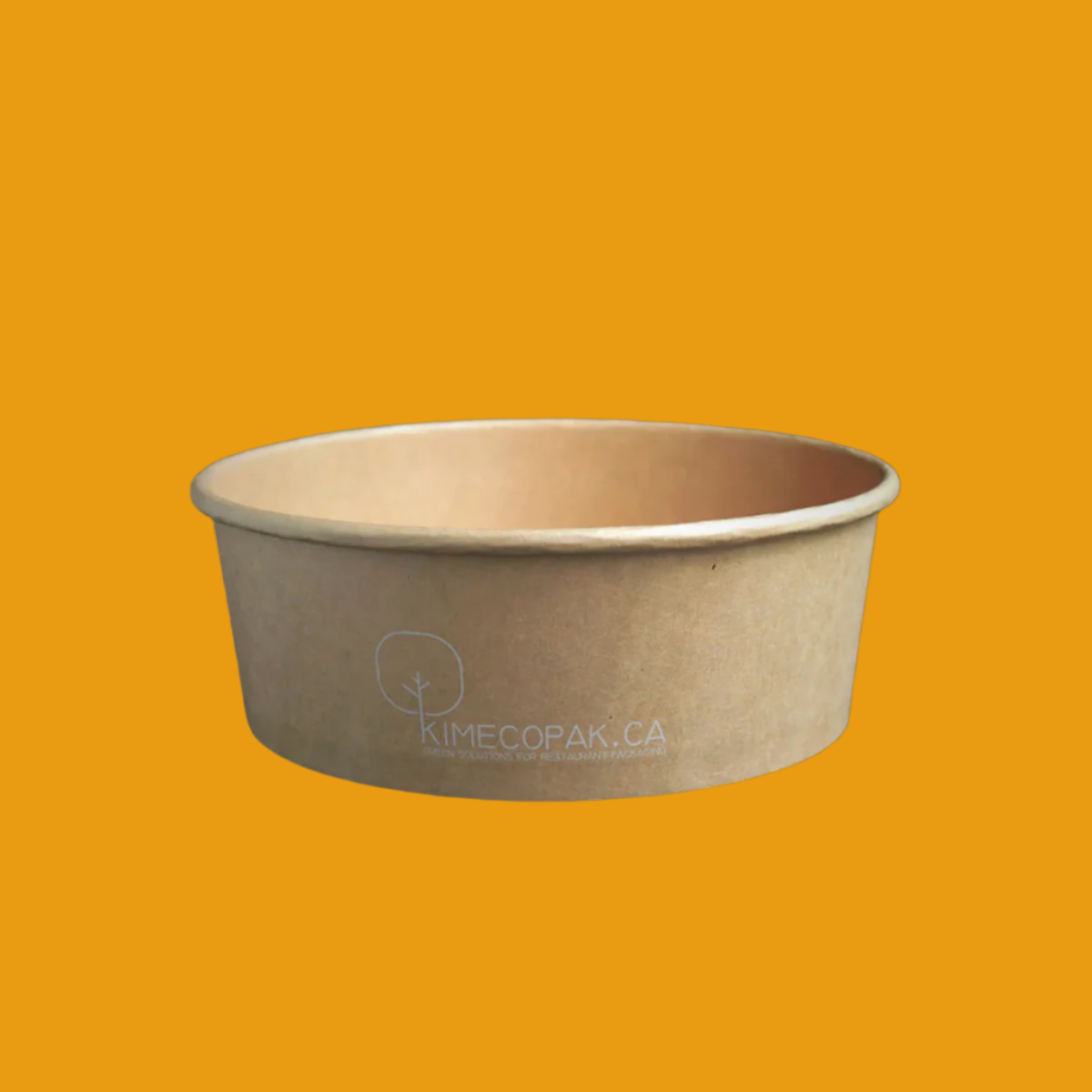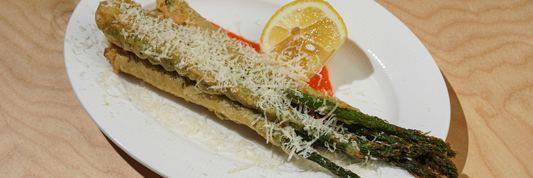Japanese cuisine is celebrated worldwide for its balance, precision, and artistry. But did you know that in Japan, restaurants are often highly specialized each type focusing on a particular dish, technique, or tradition? Whether you're a fan of sushi, ramen, or teppanyaki, understanding the types of Japanese restaurants can elevate your dining experience and help you appreciate the depth of Japan’s culinary culture.
In this guide, we’ll introduce you to the most popular types of Japanese restaurants, from casual ramen shops to refined kaiseki establishments, so you’ll know exactly what to expect and order on your next visit.
-
200+ Japanese Restaurant Name Ideas: Unique, Creative & Meaningful
-
How to Open a Japanese Restaurant: Everything You Need to Start Strong
Why Understanding Japanese Restaurant Types Matters Before You Launch

Japanese cuisine isn’t one-size-fits-all. The rich diversity of Japanese food reflects its cultural depth and regional differences. Understanding the various types of Japanese restaurants is crucial for anyone considering entering the market. Each concept caters to distinct tastes and dining experiences.
- Each restaurant type has different investment levels, operational needs, and target diners.
- The right choice not only influences your menu and décor but also shapes your brand identity and affects profitability.
Traditional Japanese Restaurants: Honoring Culinary Heritage

Japanese culinary traditions are highly revered, and several restaurant types exemplify this heritage. Whether through extensive training or unique culinary techniques, traditional restaurants have staying power due to their authenticity and reputation.
Kaiseki, Sushi-ya, and Ryotei Models
Kaiseki is a multi-course dining experience that emphasizes seasonal ingredients and artistic presentation. Each dish is carefully curated to create a balance of flavors, colors, and textures.
Sushi-ya focuses on sushi, particularly nigiri and omakase, where the chef curates a meal based on the freshest available seafood. The chef-led approach adds a personal touch to each dining experience.
Ryotei represents an exclusive, reservation-only dining experience that showcases traditional Japanese hospitality. Usually featuring private rooms, these establishments are designed for special occasions and offer an intimate atmosphere.
These concepts require not just culinary mastery but also an appreciation of traditional decor and etiquette, presenting a distinctive dining experience.

1. Sushi Restaurant (Sushi-ya)
A sushi restaurant, or sushi-ya, can range from premium establishments to casual eateries. The demand for sushi remains strong worldwide, making it a stable choice for potential restaurant owners.
- The model requires trained sushi chefs adept at crafting delicate pieces of nigiri, sashimi, or rolls.
- Essential equipment includes a sushi case for showcasing the seafood, sashimi knives for precision cutting, and a rice cooker, an often-overlooked staple that is fundamental to perfect sushi rice.
Sushi restaurants have become popular for both dine-in and takeout operations, offering flexibility in service. Opening a sushi-ya can attract a varied clientele ranging from sushi aficionados to families seeking a casual meal.
2. Ramen Shop (Ramen-ya)
Ramen shops, or ramen-ya, have exploded in popularity globally, offering unique styles like tonkotsu, shoyu, and miso. Each variation brings a depth of flavor and distinct character, catering to a wide range of preferences.
- The typical layout is fast-casual, enabling high customer turnover, making it an ideal business model for bustling urban environments or areas frequented by students.
- Equipment needed includes noodle boilers for quick cooking, large broth pots for preparing flavorful soup bases, and proper storage for fresh ingredients.
Ramen shops can become a community hub where people gather for a quick bite or a late-night meal, embracing the essence of comfort that comes with a warm bowl of noodles.

3. Izakaya (Japanese Gastropub)
Izakayas, known as Japanese gastropubs, provide a relaxed environment characterized by a diverse menu of small plates such as yakitori and karaage, often accompanied by a good selection of alcoholic beverages.
- The emphasis on shared plates allows diners to explore different flavors, making it a perfect spot for social gatherings.
- An alcohol license is a requirement for an izakaya, as drink margins can significantly enhance profitability.
Izakayas often thrive in urban settings, extending their hours late into the night, capturing the after-work crowd and night owls alike.
4. Teppanyaki Restaurant
Teppanyaki restaurants offer a unique dining experience where chefs prepare meals on an iron grill right in front of the patrons. This interactive style of cooking fosters engagement and entertainment.
- The need for skilled chefs who can perform impressive cooking techniques is paramount, alongside an effective ventilation system to manage smoke and odors.
- Teppanyaki works exceptionally well in group-friendly settings, making it a popular choice for celebrations and family gatherings.
5. Donburi and Bento Shops
Donburi and Bento shops are popular choices for diners seeking a quick yet satisfying meal. These establishments specialize in rice bowl dishes (donburi) and neatly arranged bento boxes, offering a variety of flavors and textures in a single, easy-to-carry package.
- Great for takeaway and office lunch crowds: The convenience of donburi and bento makes them ideal for busy professionals looking to grab a quick lunch between meetings or on their commute. The dishes can be easily packed and enjoyed on the go, which enhances their appeal.
- Bento-ya adds portioned meal variety: Bento shops often feature an array of choices, from meat to vegetables, arranged attractively in a compartmentalized box. This not only provides variety but also caters to different dietary preferences, making it a popular option among food lovers.
- Streamlined kitchen operations: With a focus on fast preparation and minimal cooking times, these restaurants can efficiently serve a high volume of customers. The menu is generally simple, which allows for quick training of staff and easier inventory management.
Yakiniku and Kaitenzushi: Casual But Experience-Driven

Yakiniku (Japanese BBQ)
Yakiniku, meaning "grilled meat," provides diners with an interactive dining experience where they grill their own meat at the table. This format encourages a social atmosphere, making it especially suited for groups.
- Moderate to high investment: Setting up a yakiniku restaurant requires a good initial investment for high-quality grills and ventilation systems to accommodate smoke.
- Social dining, suited for groups: The hands-on nature of grilling encourages a communal dining experience. It's not only about the food; it's about sharing moments with friends and family.
Kaitenzushi (Conveyor Belt Sushi)
Kaitenzushi, or conveyor belt sushi, offers a unique, fast-paced dining option where plates of sushi circulate on a conveyor belt for diners to choose from. This setup appeals to various age groups, particularly families and younger consumers.
- Great for families and younger diners: The colorful array of sushi passing by is fun for children, while the variety allows families to sample different tastes without the formalities of traditional dining.
- Requires belt equipment and modern POS system: The technology involved in operating a kaitenzushi restaurant can be significant, requiring specific equipment and efficient point-of-sale systems to keep track of orders.
Modern Japanese Restaurants: Blending Tradition and Innovation
Examples of Modern Concepts
Modern Japanese restaurants are reinventing traditional dishes and aesthetics to attract a new generation of diners. Innovations such as matcha cafés and mochi bars illustrate this blend of old and new.
- Instagram-worthy presentation: Many modern establishments prioritize visual appeal, enticing customers to share their meals on social media. A picture-perfect dish can lead to organic marketing and increased foot traffic.
- Small footprint, easier for first-time operators: Many of these concepts operate in smaller spaces, making them more accessible for new business owners who may have limited capital.
- Popular in malls, airports, and lifestyle complexes: The modern dining experience finds a home in high-traffic areas where quick, trendy food options are in demand.
How to Choose the Right Japanese Restaurant Type
Key Questions for New Owners
When considering starting a Japanese restaurant, prospective owners need to evaluate several factors:
- Dine-in vs delivery? Understanding whether your target market prefers dine-in experiences or takeout will significantly influence your restaurant’s design and menu.
- How much capital and staff can you support? Assessing your budget and staffing capabilities will help you determine which restaurant format is realistic for your situation.
- What market gap can you fill locally? Conduct thorough market research to identify what types of late dining options are lacking in your area and whether there is the demand for another sushi, ramen, or bento establishment.
Summary Table: Japanese Restaurant Types at a Glance
| Type | Investment | Complexity | Format | Ideal For |
|---|---|---|---|---|
| Sushi-ya | High | High | Premium dine-in | Skilled chefs, high-spend |
| Ramen-ya | Low–Medium | Low | Fast-casual | Students, quick-service |
| Izakaya | Medium | Medium | Casual pub | Social drinkers, locals |
| Teppanyaki | High | High | Group dine-in | Tourists, celebrations |
| Kaiseki | Very High | Very High | Formal dining | Luxury fine dining market |
| Donburi/Bento | Low | Low | Takeout | Budget lunch crowd |
| Yakiniku | High | Medium | Grill-at-table | Weekend groups, families |
| Kaitenzushi | Medium–High | Medium | Conveyor format | Tech-savvy, casual diners |
| Modern cafés | Low–Medium | Low | Compact dine-in | Trendy, Gen Z, low-capital |
Conclusion
The Japanese restaurant landscape is rich, diverse, and full of opportunity. Whether you're drawn to the elegance of a traditional kaiseki experience or the fast-paced energy of a ramen shop or modern Japanese café, each concept comes with its own operational needs, investment level, and customer expectations.
Choosing the right type of Japanese restaurant isn’t just about the food it’s about aligning your skills, budget, and market demand with a format that can grow sustainably. Start small with a donburi or bento model, or aim high with an omakase sushi bar what matters is clarity in your concept.









